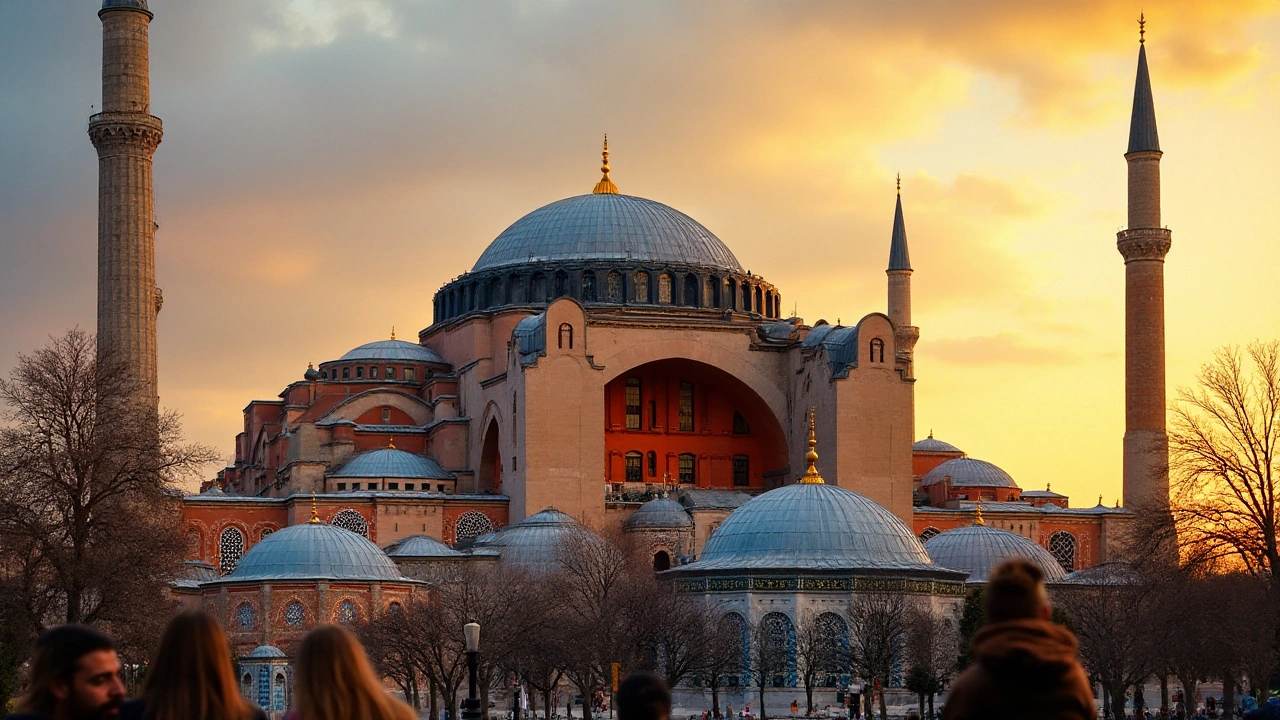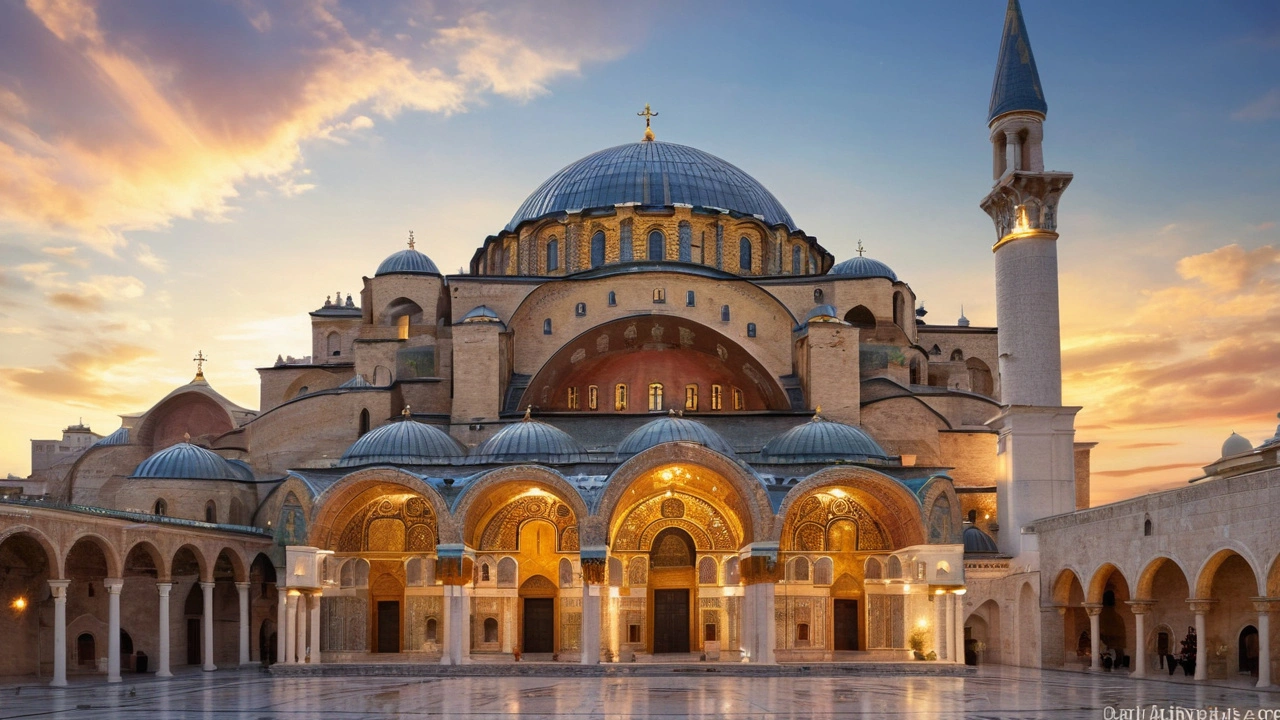Byzantine architecture is known for merging elements from Eastern and Western traditions. This article delves into its development, key features, and notable examples, providing a comprehensive look into this historic style. Discover the influence of both Roman and Persian styles, and explore iconic structures that showcase this unique architectural blend.
Byzantine design: key features and how to spot it
Byzantine design still shapes churches and public spaces nearly 1,500 years after it started. This short guide explains where the style came from, what to look for, and how to use a few elements in modern spaces without overdoing it.
The style began in the Eastern Roman Empire around the fourth century and grew strongest in Constantinople. Architects mixed Roman engineering with eastern decoration. Major works like Hagia Sophia and San Vitale show its focus: large central spaces topped by domes and filled with rich imagery.
Core features are easy to learn once you know what to watch for. Domes on square bases are common thanks to pendentives. Interiors favor gold mosaics, small arched windows that make light dramatic, and icon paintings or mosaics that cover walls and vaults. Floor plans often use a central or Greek cross layout. Exteriors frequently use patterned brickwork and simple, heavy massing rather than surface ornament.
Mosaics use tiny glass or stone tiles called tesserae and often include gold leaf behind the glass to catch light. Capitals on columns are carved with stylized leaves and geometric shapes, not the naturalistic leaves of classical orders. Architects sometimes reused older columns and stones, a practice called spolia, which gives many buildings a layered historic feel.
Notable Byzantine landmarks include Hagia Sophia in Istanbul, San Vitale in Ravenna, and Monreale Cathedral in Sicily—each shows dome engineering, mosaics, and the layered history that defines the style and regional variations.
How to spot Byzantine design
When you visit a church or old building, first look up. A low, wide dome on pendentives is a strong clue. Inside, check for gold backgrounds in mosaics and figures with flat, frontal poses. Notice small clustered windows around the dome that create a ring of light. Walk the exterior and look for alternating brick and stone bands or simple blind arches. If you see an iconostasis or screen with icons separating nave and sanctuary, you are likely in a Byzantine-influenced interior.
Using Byzantine style today — practical tips
Want a hint of Byzantine without copying a church? Add a mosaic panel as an accent wall or backsplash. Use arched openings and narrow, tall windows to create dramatic light. Try jewel-toned tiles and warm metal accents like brass or gold leaf in small doses. Keep building forms simple and solid; Byzantine drama comes from light and surface, not busy silhouettes.
For historic buildings, focus on gentle cleaning and humidity control to protect mosaics and painted plaster. Always get a conservator for repairs. Modern builders can mimic the look with contemporary materials like tempered glass mosaics and thin metal leaf, which keeps the visual effect while meeting safety codes.
If you enjoy architectural history, explore related styles on this site — from Roman engineering to Renaissance form and Beaux-Arts grandeur — to see how Byzantine design fits into the bigger story. Click any post in this tag to read full articles with photos and site examples.
This article delves into Byzantine Architecture, exploring how it emerged as a confluence of various cultures. It highlights the unique design elements, historical significance, and the cultural influences that shaped this architectural style. Readers will gain insight into the rich history and artistic grandeur of Byzantine structures.


